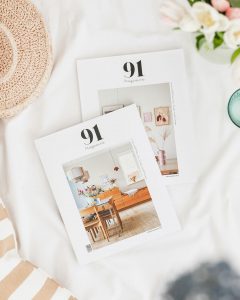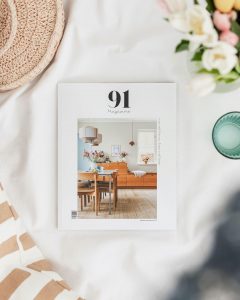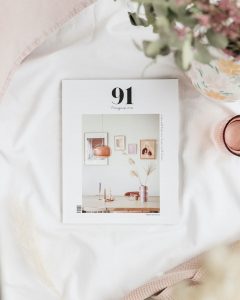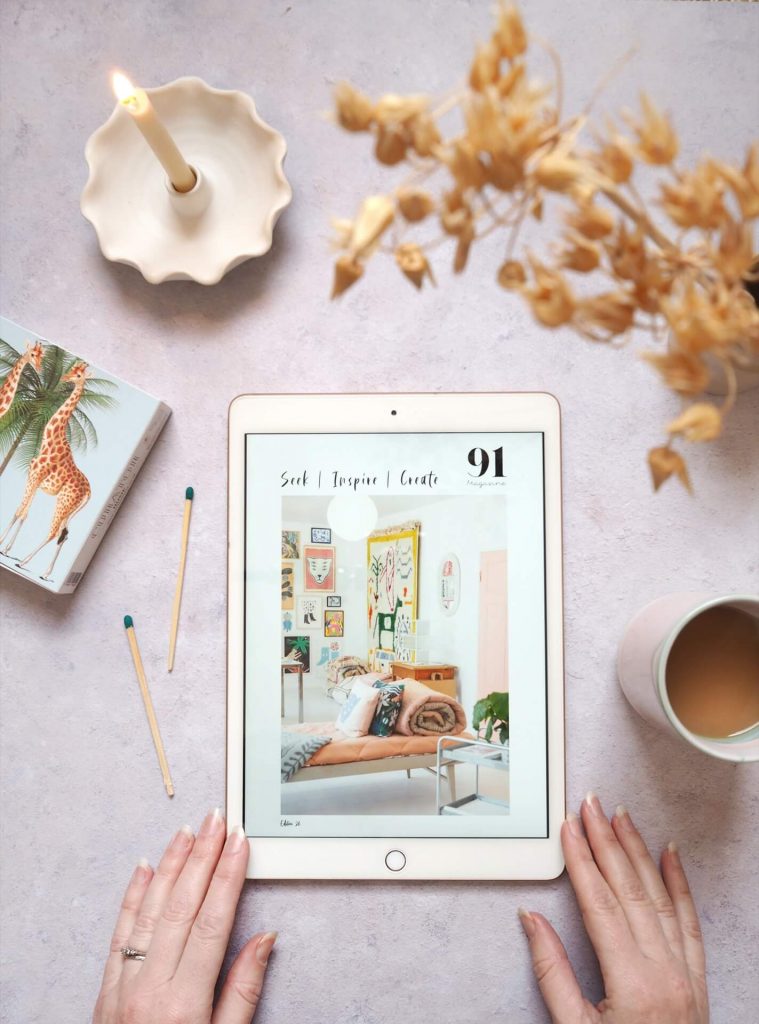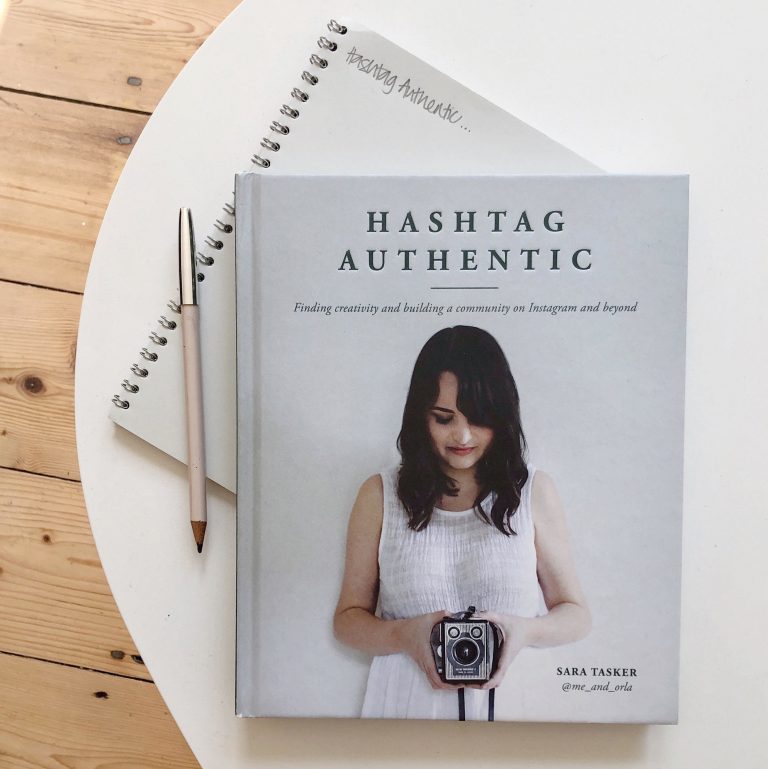With so much noise on the internet these days, it’s often hard to track down the genuinely great content that will be worth spending your precious time on. We often find ourselves endlessly scrolling Instagram or reading memes on Facebook that, let’s face it, aren’t really going to benefit our lives in any way. If you’ve found yourself craving an online haven, a place to learn, socialise and get inspired without all the distraction, then let me introduce you to Sisterhood Camp. Lou Archell launched her ‘IRL’ Sisterhood retreats back in 2015, but this summer she has created an online retreat – perfect for those who can’t make the real life events but want the benefit of the creative community and learning they offer.
It is a private member community, which runs for three months each season. Once enrolled, you’ll have access to all of the content – e-courses, blog posts and forums. It encompasses a range of topics – career development, creativity, wellness and travel. Summer Camp is already in progress so enrolment for that is now closed, but we have a little snippet from one of the e-courses to whet your appetite. If it floats your boat, then do hop over to the website for more blog content (many of the posts are public, although some are for members only) and register your interest in Autumn Camp which will open for enrolment on 20th August. (Pricing: £200 for 3 months. or instalments of £67 per month.) Autumn Camp starts on 1st September through to 30th November.

Growing your own creative business – with Camilla Westgaard of Folksy
OVERVIEW:
Is there a secret to building a successful creative business? Scroll through Instagram and it feels like there are some creatives who have just got it down. Their feed is full of beautifully wrapped parcels ready to be shipped, their workshops are sold out in seconds and their inboxes are overflowing with DMs asking when the next shop update is happening. But how did they get there? Probably with a lot of hard work. Growing a business takes time and dedication, and stories of overnight success are rare or not quite what they seem.
Over the last decade, I’ve been there, put in those hours, had the successes and the failures, watched, learned from, listened to and guided other indie businesses as they’ve grown and thrived. It’s these creatives who keep the world interesting, so in this series I’m going to share the lessons learned to help you take your idea and grow it into a fully-fledged business or a nice little side-hustle that nurtures your soul, depending on what you want and need from it.
LESSON 1: LAYING THE FOUNDATIONS:

- DESIGN A BUSINESS THAT FITS AROUND YOU
Consider what kind of business you really want – and be honest here. Do you want something you can do from your sofa while listening to podcasts, that will bring in a little extra money to subsidise adventures away? Or do you aspire to having your own design studio with a team of people working for you so you can focus on ideas? Maybe enjoying the physical process of making is more important? Or maybe you want to travel the world passing on your wisdom and meeting interesting people?
If your business takes off, you may end up making the same products a hundred times or running the same workshops over and over again. How good are you at repetitive tasks? Think about which parts of the business you enjoy, what you would like to do more of and equally what you’d like to do less of. Then design a business around that – one that suits you. We all have to start somewhere but if you know where you’d like it to go and how you’d like it to look, it’s easier to get there… and also to make sure you don’t end up in a place you never meant to be.
How: Write down what your ideal business looks like in terms of the number of hours you are working on it, the number of people you have working with you, the scale of your output, where you work and what that work consists of. This will help you create a business that you can sustain and nurture.
Image via: Jude Allman on Folksy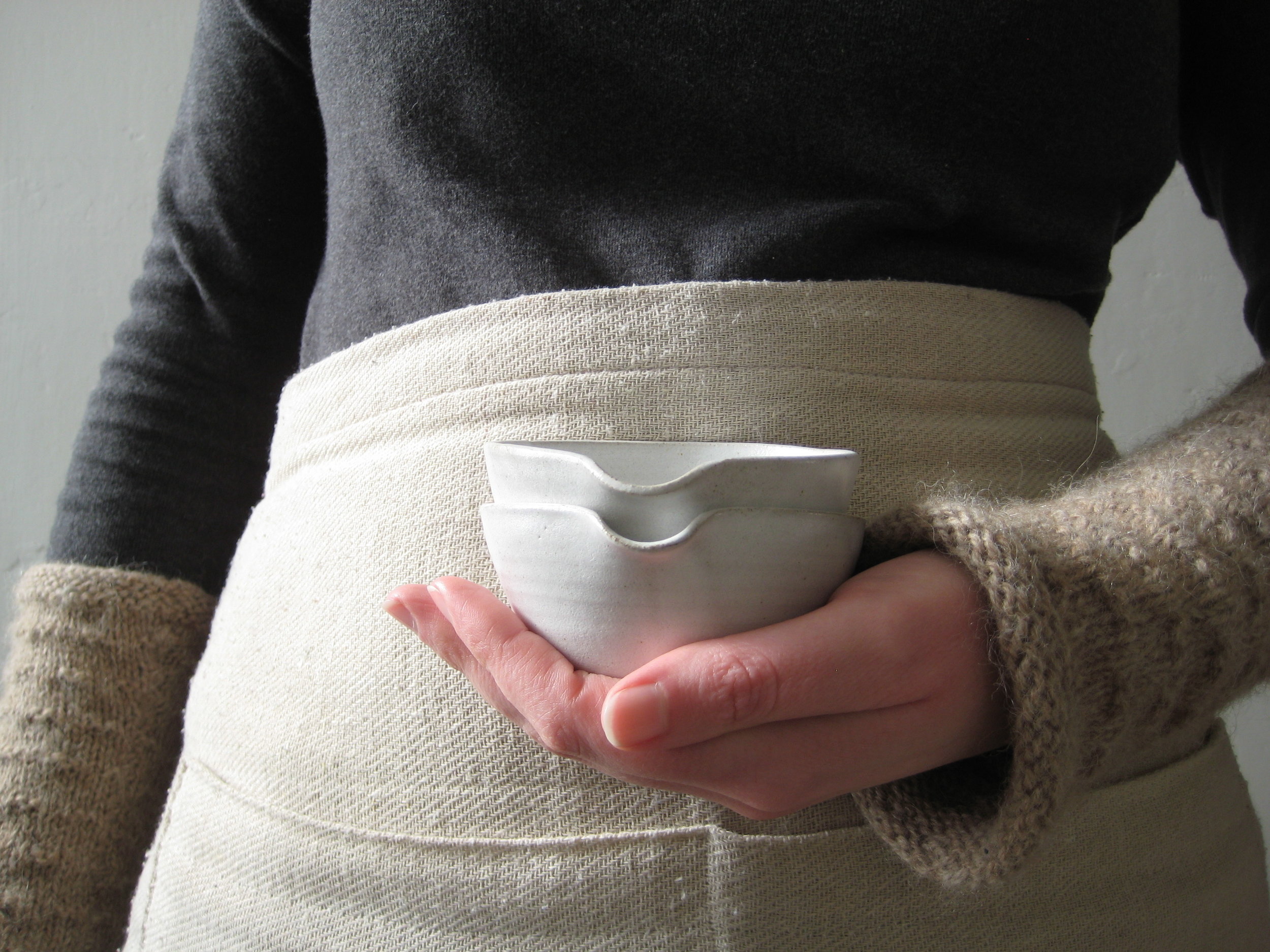
- DO ONE THING WELL
When people start a new business, they often assume that by offering a vast variety of products and choice, they’ll be able to appeal to more people and sell more products. In most cases, the opposite is true: occupy a niche, limit your product range and you’ll have a stronger business. You don’t need loads of product lines and variations to be successful; you just need to do one thing really well. Imagine you’re a restaurant (bear with me)… don’t be the one with the stressed chef serving hundreds of items on the menu, buying in tons of ingredients and juggling hundreds of pans. It’s not cost-effective and it’s not the way to go if you value reputation or quality. Instead be the one where the chef has a limited board serving the best ingredients, combined to create interesting and original dishes, cooked well, and where people queue for tables.
Focusing on one thing also makes it easier to define your customers, target your marketing, hone your skills and stand out as the go-to person for that product, style or content.
How: Think about what you want to sell. Are there lots of other people doing something similar? Good, that means there’s a market for it. But how can you get a slice? Who are the established businesses people look to? Is there something they are not doing that you could? What can you offer that isn’t currently out there, or what can you specialise in? Is there a community you can serve?

- GO AT YOUR OWN SPEED
Don’t expect to be able to leave your 9-to-5 straight away. If you do want to make your business full time, be realistic about when that’s possible. It’s true that if you leave your job you’ll be able to focus all your time and attention on your new venture, and it may well flourish more quickly. Some people thrive on this and feel they are more likely to succeed when all the safety nets have gone and the only option is to make it work. But being completely dependent on your own business for your income is risky, which is why having fallbacks in place and designing several revenue streams makes sense.
This isn’t just about how reliant you are on your new business to pay your bills, it also relates to where you focus your business and the channels you rely on for your marketing and sales. Think about Instagram: if you only ever focus on reaching customers through IG, what happens if a new platform comes along and people leave Instagram in droves, or the algorithms change the network so significantly (as happened on Facebook) that it no longer works for indie businesses who don’t want to pay to advertise their posts? You might be able to move your business across but you could have a period when your revenue plummets and your business might not survive the dip.
How: Being absolutely reliant on your business, or turning what you love into a profession, can change how you feel about it, and leaving financial stability for a new business venture is also a risk that not everyone can afford to take. You know your situation, so take everything at a pace that works for you.
*Extracted from Camilla Westgaard’s e-course on growing your own creative business – part of Sisterhood Summer Camp.* – Camilla Westergaard has been immersed in the world of creative indie businesses for almost a decade, first as a designer & maker stocked in Liberty’s and then as Content Lead at Folksy, the home of British craft, where she interviews makers, writes advice for other sellers, commissions articles and designs social media content and campaigns. She is genuinely passionate about supporting makers and believes there are simple, practical steps everyone can take that will help their creative business become successful. If you want to see pictures of hedgehogs, cats and cushions, you can follow her on Instagram at @bbutterscotch
www.folksy.com


